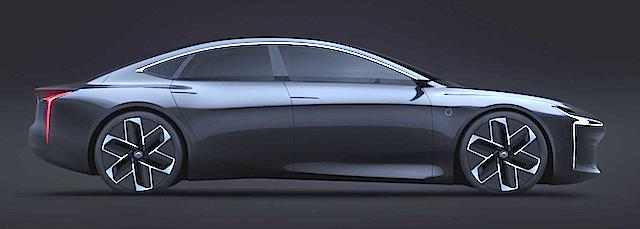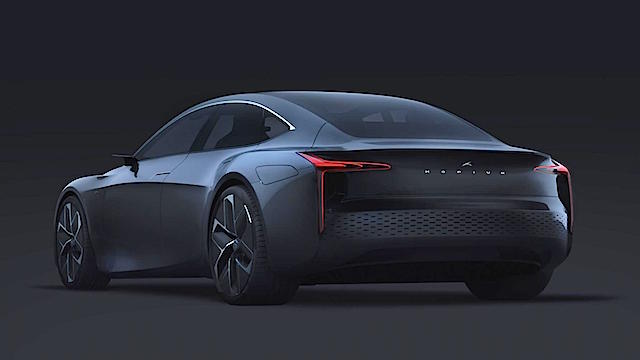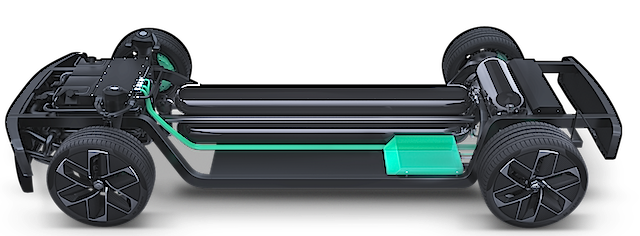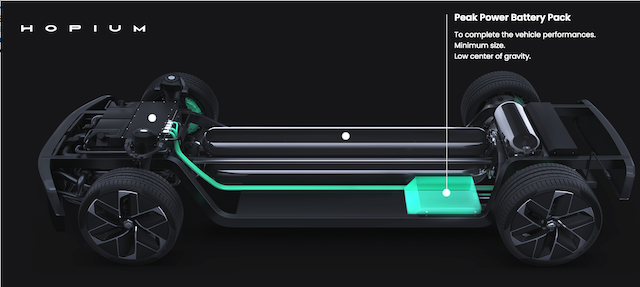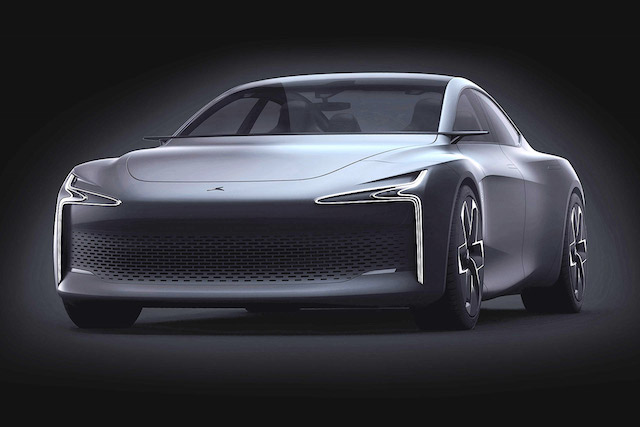
French startup company Hopium, founded by racing driver Olivier Lombard, has begun testing its prototype Machina, a sedan powered by a hydrogen fuel cell with a claimed range of 1000km.
Lombard, the youngest class winner at Le Mans when he drove an LMP2 to victory in 2011 at the age of 21, plans to put the Machina into production in 2025 with an initial run of 1000 cars.
Hopium – the dictionary meaning is “irrational or unwarranted optimism” – says the Machina’s fuel cell system develops 373kW (500hp) for a top speed of 230km/h.
It says the high-pressure tank, which runs longitudinally down the center of the chassis with a laterally-mounted smaller tank between the rear wheels, can be filled with liquid hydrogen in three minutes.
Already the Machina is being likened to the Tesla Model S, although the French car is expected to be up to 30,000 euros more expensive.
“It’s true that we are compared a lot with Tesla and our ambition is to have a higher-end car and to try to have a big experience for the driver using hydrogen,” Lombard, 30, told Euronews.
“But I don’t know if we can be compared to Tesla. I think each company has its history, however, I think it can be some inspiration.”
Hopium does not have the same means as Tesla to develop its network of charging stations. Lombard is therefore counting on countries to support the rapid development of hydrogen refuelling stations.
It’s been a slow process. There are roughly 450 hydrogen stations worldwide. Just 34 of them are in France. New Zealand is developing the first of its hydrogen plants for transport.
Codenamed Alpha O, the Machina prototype’s fuel cell transforms oxygen and hydrogen into electricity and emits nothing but water.
Hydrogen fuel cells do not store electricity like the battery packs in EVs. Instead they draw hydrogen from the high-pressure tank.
For reference, the Toyota Mirai, one of the few fuel cell vehicles on the market, can travel 650km between fill-ups.
A Hyundai Nexo hydrogen SUV recently set an unofficial long distance record of 887.5km – according to its odometer – from Melbourne to Broken Hill.
At the wheel was rally driver Brendan Reeves. He eclipsed the previous hydrogen car driving distance of 778km set in 2019 by French aeronaut Bertrand Piccard, also driving a Nexo.

